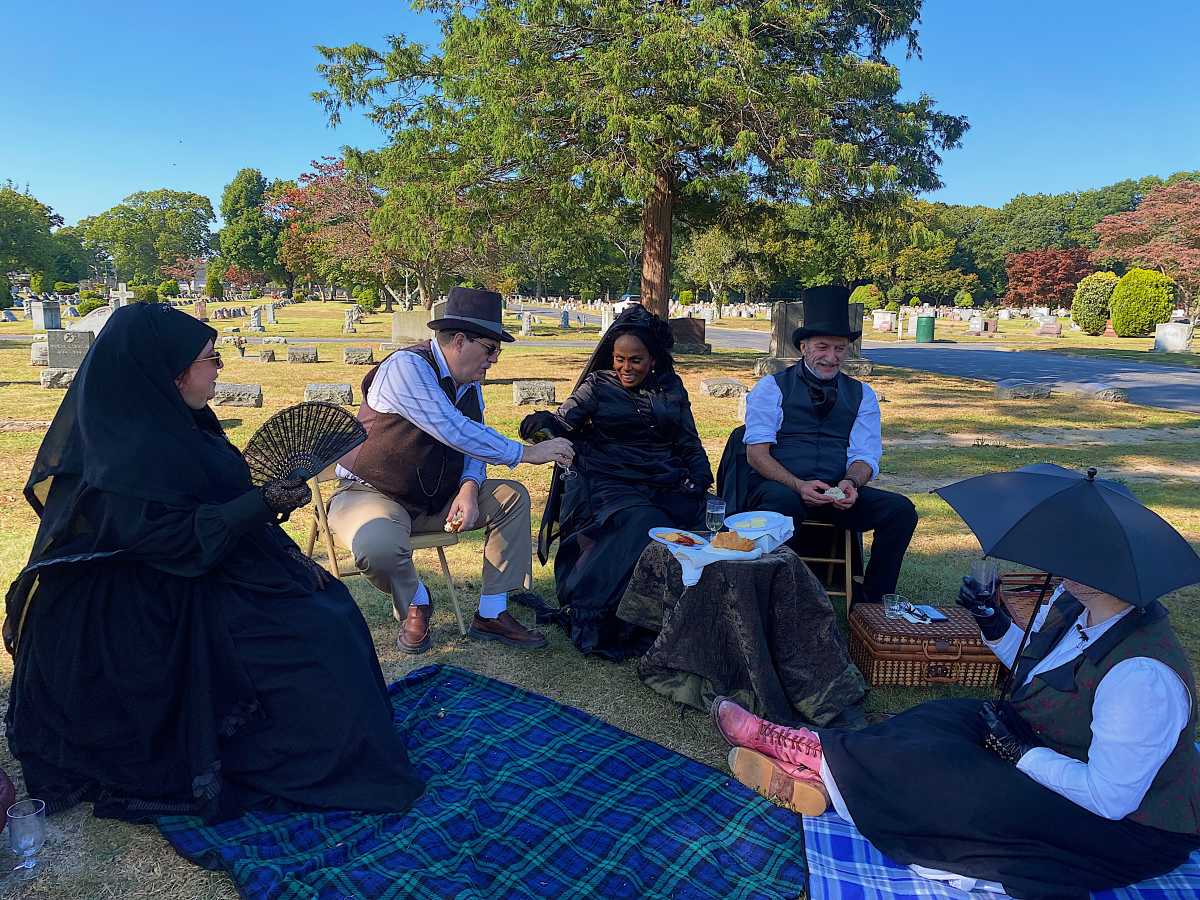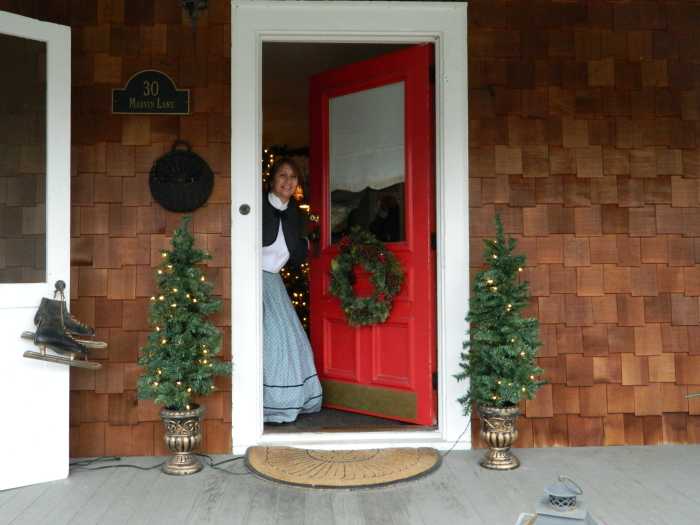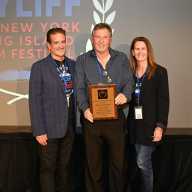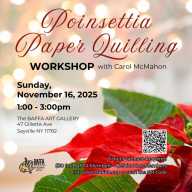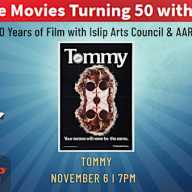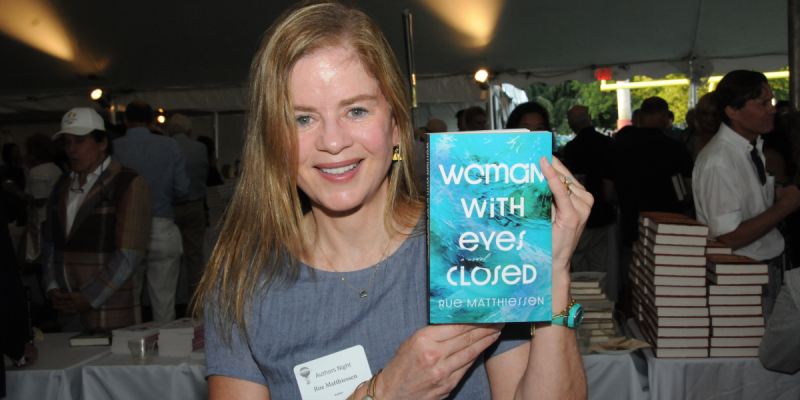The phrase final resting place is used to describe a cemetery and the people buried in it. However, in many cases within the Islip town, the word final may have a few caveats.
In Colonial times, Islip Town was home to dozens of small family cemeteries or shared community burial grounds. Throughout the town’s history, which spans more than 300 years, records have been lost, forgotten, or inadvertently destroyed for residential and commercial development.
Classified 696 properties, which are exempt from tax rolls due to cemetery zoning, have revealed numerous small properties tucked into residential communities. The outdated zoning records obscure the boundaries of where these cemeteries begin and end. Some of these properties and neighboring lots raise questions about whether the bodies were reinterred into the larger Oakwood Cemetery on Brentwood Road in Bay Shore, or if dozens of human remains are still in their original burial sites, possibly becoming part of real estate development.
How could this have happened?
By 1880, Islip and Bay Shore were becoming increasingly popular as weekend getaways for New York City’s upper middle class. The expansion of the Long Island Rail Road, the construction of multiple luxury hotels and resorts, and the value of properties within the main streets skyrocketed. As a result, cemeteries were relocated to the outskirts of town.
“Many who have never owned a lot will buy, and many who have friends buried in the small burying grounds will remove the bodies to this cemetery,” read a March 1881 article from the South Side Signal, in its description of Oakwood Cemetery. Its founders included local Islip residents Jarvis Mowbray, Philander Hawkins, Seth Clock, Nathaniel Clock, Abraham Thompson, and H.D. Brewster.
Joseph Preston, the groundskeeper of Oakwood, was paid $2 for each reinterred body from a smaller grave site to Oakwood. The first burial site to be removed was the James Harvey Doxsee Cemetery in Islip, located on the northwest corner of Montauk Highway, North Ocean Avenue, and Pardee Ave.
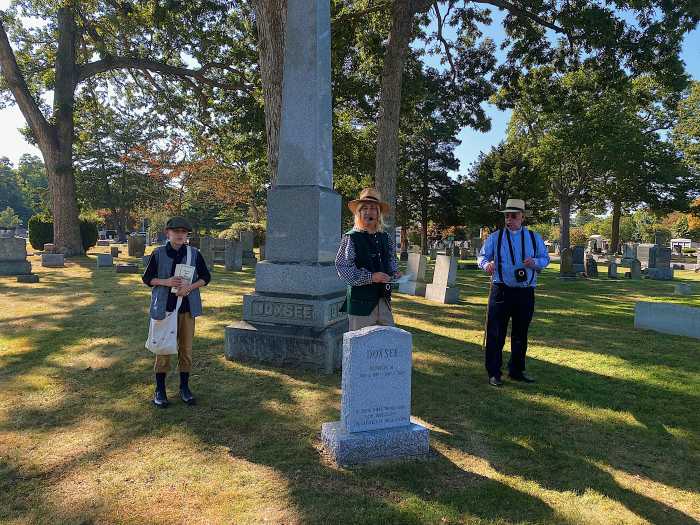
“I believe the land was vacated, but they have been finding headstones up to the 1910s,” said Islip Hamlet Historian Robert Finnegan. “I cannot find any paperwork as to whether they removed all the bodies. There were approximately a few hundred buried in the Doxsee plot.”
Finnegan went on to explain that the exact numbers of people in these small burial grounds are uncertain.
“The early history of burials is not as sophisticated as it was in the 18th century, where they had stones, and various symbols on the stones. When someone died, they were buried on your land with a wooden plank with some information carved on it with a cross, which deteriorates over time. There is a very finite time when a grave would last, before it went back to nature.”
According to the New York State Daughters of the American Revolution library files, along with cemetery, church, and town records, the Doxsee burial ground had 18 documented burials. Oakwood would have had these records on hand in 1881, during Preston’s assignment of reinterments. Today, that property encompasses the Islip Post Office, its parking lot, and several single-family homes.
The burial ground that raises the most questions is the Islip African Methodist Episcopal (A.M.E.) Church. Church cemetery, located on Winganhauppauge Road north of Sunrise Highway, nestled between multiple single-family homes.
The Black congregation owned the property, which was bought from John January, a local Native American, in 1850. The quarter-acre lot included a small chapel adjacent to the burial site. The exact number of burials on the property is unclear; however, members of the Strong family are believed to be buried there.
“The great fires of 1900 and 1905 destroyed many of the records in Islip Town Hall and Oakwood, losing much of their records, making the exact locations of the graves challenging,” explained Finnegan.
The town’s responsibility to maintain the lot is mandated in the New York State Abandoned Cemeteries Act of 1977.
The law requires abandoned burial grounds to be turned over to the town, which must provide adequate upkeep of the space. Currently, the lot is fenced in by a homeowner who has installed an above-ground pool on it.
“An indication of a compassionate society is how a community mourns and treats its dead,” said Finnegan. “That is reflected in our cemeteries.”



